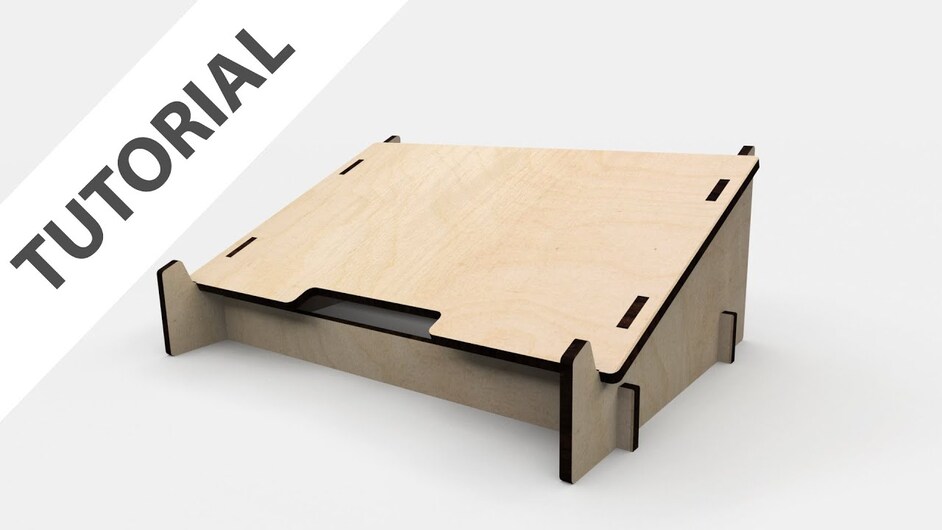saw or seen?
Saw is past tense, seen is a part participle and is usually half of a compound verb, so you’d need another verb to go with it.
“had seen” would work, and is arguably better because of the “ee” sound. IDK, sounds weird when I say it 
(I bet english as a second language is a nightmare)
You know what I think you might be right. It’s a nightmare for first language too 
This reminds me of “Begs the question”. NO it doesn’t! You can’t beg a question. You can beg FOR a question, so say that “Begs for the question”.
Begging the question is a circular fallacy that’s not correct.
Wait till you get a load of buffalo…
I had this formula posted on my computer for the longest time  . It works-although you end up with another size, but most of the time that’s okay too!
. It works-although you end up with another size, but most of the time that’s okay too!
I had to look this up! Wow, I had to read really slow for it to sink in!
That’s not what “begs the question” means. Traditionally it meant that the speaker was assuming the conclusion but has more recently come to mean “suggests the question”.
You are correct though that in the traditional sense that it’s a circular fallacy. That’s no longer the case as the language & usage has evolved.
Bookmarking this handy formula! Thanks!
this is an excellent fusion360 tutorial that geared towards laser cutting with tabs / slots:
it uses parametric dimensions so if in the future you change the material thickness it will adjust the slots for you. very well done too.
it’s easy to trace over the image you posted above:
between these 2 videos I learned 95% of what I use fusion360 for lasercutting.
Perfect!
This is my personal obscure pet peeve that I thought nobody cared about but me. Thank you!! I’ve yelled “It’s not begging the question, it’s raising the question!” way too many times (=more than never).
Love it!
Yes - but one of my favorite sports talk show guys, Mike Greenberg of ESPN, says it ALL THE TIME. And it drives me nuts…
“…which is not correct.”
![]()
![]()
![]()
Well, ok. BUT - I’ve always heard NOT to use which. Use that instead.
Lol……dear google….
So….I didn’t like the restrictive and itchy woolen slacks but MW said I had to wear them for this research…
It is true that that is rarely found today used in nonrestrictive clauses (although poets still use it thusly), but which seems to have a fair degree of flexibility to it, and can perform very nicely in restrictive clauses, nonrestrictive clauses, and in annoying people who feel that it should never be found outside of a nonrestrictive clause. Here is what our own usage guide, the Merriam-Webster Dictionary of English Usage , has to say on the matter:
We conclude that at the end of the 20th century, the usage of which and that —at least in prose—has pretty much settled down. You can use either which or that to introduce a restrictive clause—the grounds for your choice should be stylistic—and which to introduce a nonrestrictive clause.
So….anyone’s call?
This has turned into a grammar nerd thread, and I’m here for it.
I’m glad I could pique everyone’s interests. My apologies to the OP. 
This topic was automatically closed 32 days after the last reply. New replies are no longer allowed.

